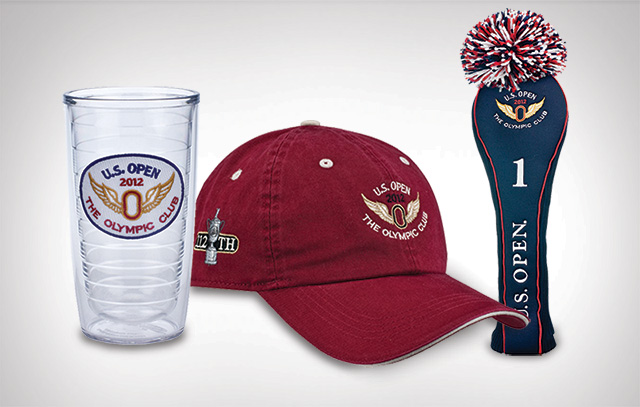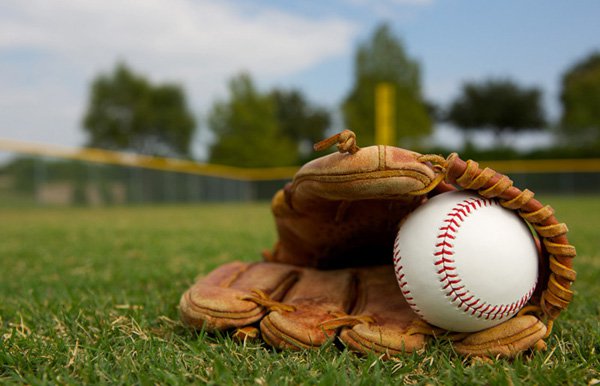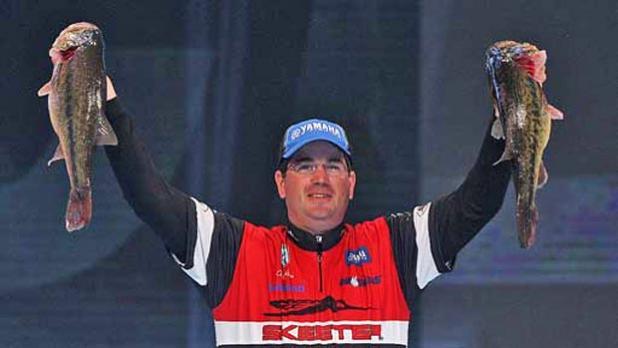3 second rule
Question
QUESTION: Hi, I抦 a referee here with my local association.
I think NBA rules are same on offensive 3 secs as FIBA which is what is played here in NZ.
FIBA rules say that the 3 second clock resets when the ball leaves the shooter's hand on a shot. What is your call if a player is in the key for 5 secs and then catches an airball and lays it up for a basket? 2pts or 3 sec violation?
On a rebound, I would let it ride but would you do the same if it didn抰 touch the rim or backboard? Seems like an unfair advantage is gained by the offense here.
Thanks for your opinion
ANSWER: Hi Dave,
Thanks for your question. The 3 second rule is one of those rules that seems to be called with very little consistency. I'm pretty liberal with the players, allowing them to sit in the key longer than I probably should, but I generally try to talk my players out of the key first, and then if they don't move I hit them with the violation. This is a point of emphasis I talk about during my pre-game captain's meeting.
You are correct as far as what the rule is. Once the ball has left the shooter's hand the 3 second count terminates until that team has regained control in their front court. So whether or not the shot was an air-ball or just a rebound, there is no count when the ball is airborne, so there would be no violation either way. If however, I allowed the offensive player to be in the key for 5 seconds prior to the ball being shot, then yes, this creates an unfair advantage, and puts the offensive team in a better rebounding position should the try for a goal be unsuccessful, or puts them in a position to rebound and lay the ball back in. That's where making the 3 second call is more crucial.
I hope that helps you out.
---------- FOLLOW-UP ----------
QUESTION: Thanks Bret, it is a bit of a grey area indeed because if we stick to the rule, we should normally call the violation on 3 secs in the key but we've let it extend to a point where we would call it only if a player gets the ball from a pass which i think is a good application in practice and keeps the game flowing. In the scenario above, we would call it if it were a pass but we don't if it's a brick, dunno just doesn't feel right even if it is a shot attempt. i guess what you are saying is that if you see it happen more than once, you can then manage it proactively and call an early 3 secs on the next one to prevent it...
Answer
That is correct. I'll let it go a few times, get a feel for what the players are doing. If it's excessive, and they aren't listening to me tell them to get out of the key, then I start calling it. The 3 second violation is my absolute least favorite call in basketball to make. So I tend to do whatever I can to avoid calling it as much as possible.
Reaching/ Reach-in foul
backcourt violation


